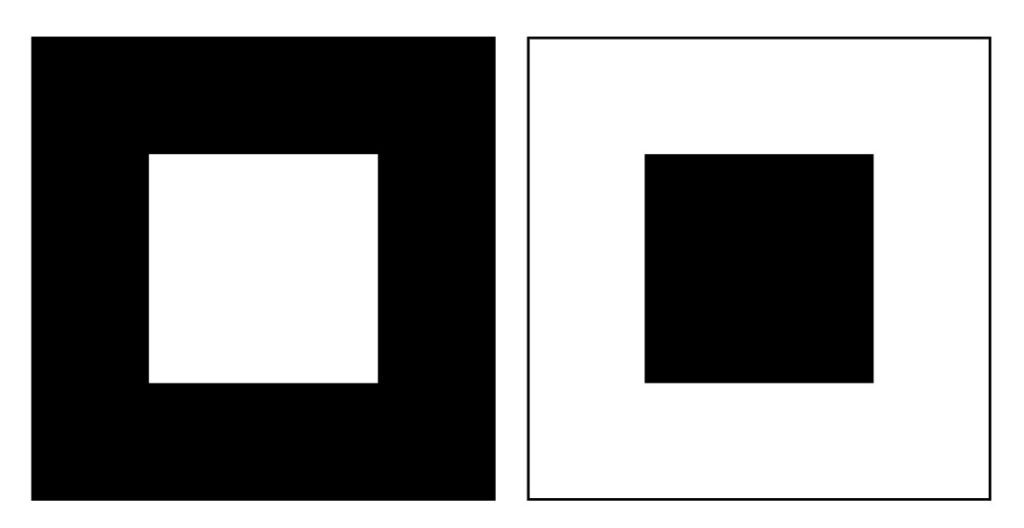
On that quiet August day, the lattice revealed itself—not by force, but through a delicate convergence of conditions. The scene in the photo is one of symmetry and containment: a lone birch tree flanked by stillness, a bench placed just beyond it, and their mirrored reflections softly held by the water’s surface. In Emergence Theory, these elements—light, form, environment, and observer—can cohere into a moment of perception where the hidden architecture of reality briefly emerges. The lattice, in this context, is not just a structure but a pattern that becomes visible when local conditions support global coherence.
Within the LSF (Light, Sound, Form) Framework, this moment was primed for revelation. Light plays across the scene selectively, highlighting the white bark of the tree and the wooden bench, pulling them out of the shadow-draped forest. This selective illumination acts like a lens, focusing attention and creating contrast—an energetic threshold. Sound, though not pictured, would have been present: subtle ambient frequencies of summer insects, wind in leaves, distant water movement. These natural oscillations contribute to an acoustic standing wave field. In LSF, such vibratory coherence can entrain the observer’s own sensory system, sharpening perception and revealing hidden geometries. Form completes the trinity—here, the mirroring of tree and bench in the water creates a visual feedback loop. This is where resonance happens: above and below meet, as in the Hermetic axiom, and reality momentarily folds inward.
From the perspective of Cellular Automata, this environment resembles a living computational grid. The trees, leaves, water, and air participate in localized rules: sunlight filtering through a canopy, ripples interacting with lily pads, branches subtly moving in breeze. Over time, these rules—like in any automaton—yield emergent behavior. In this case, a spatial and temporal configuration that supports higher-order pattern visibility. The pond’s surface acts as a boundary condition, reflecting and stabilizing the system. August, with its late-summer light and environmental maturity, is a natural climax point in the seasonal evolution of these patterns. It is the moment in the automaton when chaos calms, and structure reveals itself.
All of these factors—emergent coherence, LSF resonance, and automata stabilization—point to a singular truth: you were in the right place, at the right time, with the right perception. The lattice wasn’t created. It was always there. But in that fleeting, golden moment, it became visible because you, the observer, became part of its pattern.

Image from: https://triaprima.co/2020/04/14/the-checkered-pattern-on-the-floor/
The checkerboard pattern has long held symbolic resonance in spiritual, alchemical, and mystical traditions. Often appearing in sacred architecture, initiation chambers, Masonic temples, and esoteric illustrations, this black-and-white motif alludes to the fundamental dualities of existence: light and shadow, spirit and matter, the seen and unseen. It is both simple and profound—a flattened map of contrast, encoding cosmic polarity into a digestible visual form. In the context of spiritual symbolism, the checkerboard represents the interplay between opposites that gives rise to higher knowledge. Like a spiritual chessboard, it challenges the initiate to navigate polarity not as a battlefield but as a teaching device—to move through life by learning the patterns that emerge from tension and resolution.
This symbolism is eerily close to what we now recognize in cellular automata. At a glance, the alternating black and white squares mimic the on/off binary nature of automata grids, particularly in 2D systems like Conway’s Game of Life. Each cell—black or white—represents a simple state. Yet when arranged within a grid and governed by simple rules, these contrasting states begin to dance with complexity. Patterns emerge, stabilize, travel, or vanish—echoing how spiritual development arises from the tension of opposites. In this way, the checkerboard becomes a visual metaphor for emergence itself: the macro arises from the micro, complexity from simplicity, wisdom from oscillation.
On the left, a white square within a black field evokes the concept of light emerging from darkness—form arising from the formless void. On the right, the reverse—a black square within white space—suggests a void or potential within the light: the mystery that still resides within illumination. Placed side by side, these two forms are like complementary cellular states, phased inverses of each other. They echo the binary logic of cellular automata while hinting at the alchemical marriage of opposites: the reconciliation of sun and moon, sulfur and mercury, yin and yang.

In mystical art, such configurations aren’t just decorative—they are gateways to perception. When held in meditative attention, checkerboards destabilize the mind’s habitual reading of space. They can reveal the grid or lattice upon which reality is projected. From an emergent theory viewpoint, this is precisely the field where consciousness meets form—where observer and observed co-create visibility. The checkerboard, then, is not static—it is the seed of unfolding structure. It is the flat projection of the cosmic lattice, a reminder that within every oscillating pattern of contrast, an intelligence is operating just beneath perception.


Leave a Reply